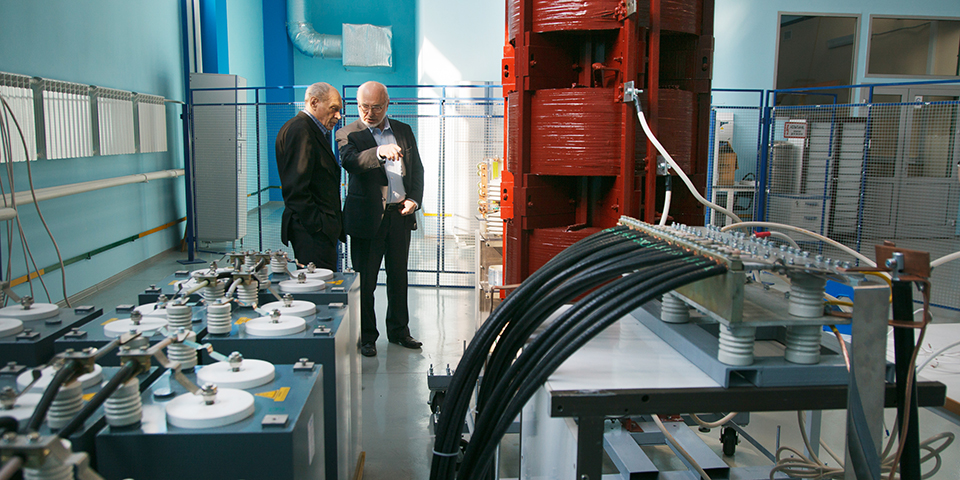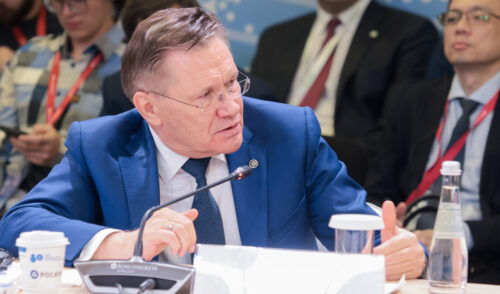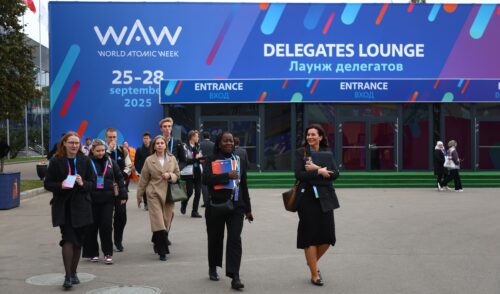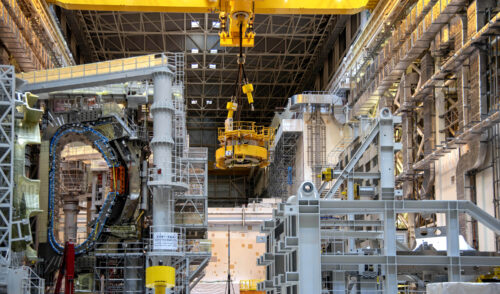
Superconductors for the future
back to contentsRosatom has launched the production of source materials for HTSM tapes and substrates. Its engineers in association with Kurchatov R&D Institute have assembled a pilot line to manufacture HTSM-2 tapes up to 100 meters long. Another manufacturing line at the Research Institute of Applied Physics and Automation is capable of producing tapes up to 1 kilometer long. The equipment is now going through a series of final tests to manufacture the first Russian kilometer-long HTSM tape in a couple of weeks. HTSM tape is a valuable, competitive product for the global market. It is widely used in international research projects, such as ITER, and for the construction of powerful particle accelerators.
HTSM tape is also used in electrical devices. Each of them will be more compact and efficient than their conventional counterparts. “A remarkable property of all superconductors is a much smaller loss of electric power in operation,” explains Andrei Kascheev, a project manager at Rosatom’s subsidiary Russky Provodnik (Russian Superconductor). An example of HTSM application is a pilot superconducting current limiter to be used in railway traction power systems. “Conventional current limiters lose 120–150 kilowatts per hour while the superconducting limiter, not more that 5 kilowatts per hour,” Andrei Kascheev says. Russian Railways is ready to use the new device.
Superconducting transformers are an excellent solution for power grids in metropolitan areas. Along with smaller weight, size and higher efficiency, they are more cost-efficient and environment-friendly and have a longer service life.
A specific group of superconducting devices includes rotating machinery (generators, motors and flywheel energy storage systems). Engineers plan to use them in integrated on-board power supply systems for sea vessels. “Any superconducting device is three to four times smaller. Fuel costs will go down by 10–15%,” Viktor Pantsirny, CEO of Russky Provodnik, explains.
Flywheel energy storage systems with a capacity of up to 20 MJ can be used in data centers. In case of emergency or a blackout, data centers are powered by a set of batteries sufficient for a rather short time period. A flywheel storage system can extend this period manifold.
Neither Russia nor other countries can boast a developed market of superconducting electric power applications. Andrei Kascheev is sure that the situation will change in the next 5 years. “The broader range of pilot products we have by that time, the more competitive we are. What we have already done in the superconducting field will give us a good start on the market,” he says.




